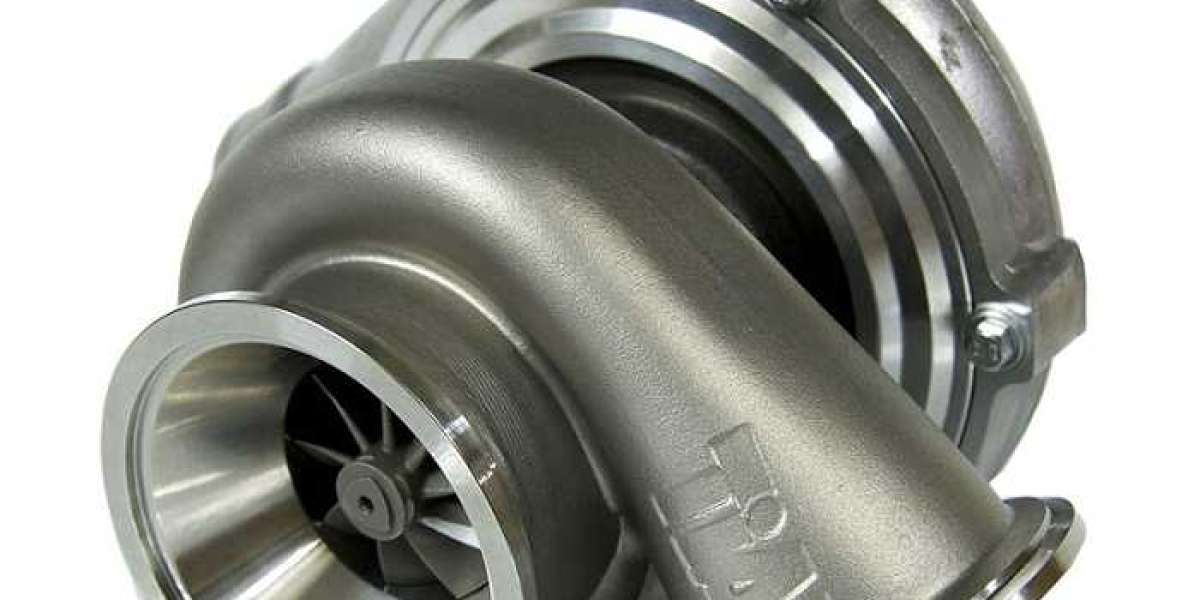Buy Transformer Test Equipment Foreword Dielectric loss measurement is a basic method in insulation test and effectively detect damp, degradation and partial defect of insulation of electrical equipment. This method is widely used in electric manufacturing, electric equipment installation, connection and preventive test. Measurement on dielectric loss of transformer, mutual inductor, reactor, capacitor, bushing and arrester is the most basic method to test their insulation property. Dielectric loss measurement breaks through the traditional bridge testing method and adopts variable frequency power technology, single chip and modernized electrical technology to carry out automatic frequency shift, analog-to-digital conversion and data computing. It features strong anti-interference capacity, high test speed, high precision, automatic digitization and easy operation. It adopts high-power switching power supply, which outputs 45Hz and 55Hz pure sine wave and automatically increase the voltage to a maximum value 10 KV. It can filter 50Hz interference automatically, and it is applicable to the site test of substation and other places with large electromagnetic interference. This methods is extensively applied in dielectric loss measurement of transformer, mutual inductor, reactor, bushing, capacitor, arrester and others equipments in power industry. 锛圖ielectric loss Measurement Test on site 锛?/p Performance features 1. The instrument adopts complex number current method to measure capacitance, dielectric loss and other parameters. The measured result is highly accurate and it is easy to realize automatic measurement. 2. The instrument adopts variable frequency technology to eliminate 50Hz/60Hz power frequency interference. So a reliable data will be reachable even under the strong electromagnetic interference. 3. The instrument adopts large screen LCD . In the process of testing, Chinese menu prompt is visualized and easy to operate. 4. The instrument is easy to operate and the measuring process is controlled by microprocessor. Once a suitable measuring method is selected, the data measurement will complete automatically under the control of microprocessor. 5. The instrument is designed to be an integrated model with reference capacitor and HV power supply in it, enables site test measurement and reduces site wiring. 6. The instrument is equipped with CVT testing function, which can achieve CVT self-exciting testing without external accessories and measure the capacitance and dielectric loss of C1 and C2 by at a time. 7. GST measurement adopts ivddv technology and avoids unstable data provided by previous GST measurement. 8. The instrument provides low voltage shell function of GST. When the bus of 220kV CVT is grounded, dielectric loss measurement can be conducted for C11 without removing 10 kV GST. 9. The instrument has a function of measuring high-voltage dielectric loss. It can carry out dielectric loss test with over 12kV with the help of voltage transformer or series resonance. 10. The instrument has a ground-fault protection function. In case that the instrument is not grounded or grounded incorrectly, the instrument will refuse to enter into normal procedure and output HV. As for the over-current protection function, it will protect the instrument from damage when the tested article is in a short circuit or breakdowns. 11. The instrument has a function of electric shock protection. When the instrument operator suffers an electric shock due to incaution, the instrument will cut off the HV immediately and thus ensure the security of operator. Technical indicators Accuracy: Cx: 卤锛坮eading脳1%+1pF锛?/p tg未: 卤锛坮eading脳1%+0.00040锛?/p Anti-interference: Variable frequency anti-interference, the above accuracy can be reached under 200% interference. Capacitance range: Internal HV: 3pF锝?0000pF/12kV 60pF锝?渭F/0.5kV External HV: 3pF锝?.5渭F/12kV 60pF锝?0渭F/0.5kV Resolution: Maximum 0.001pF, 4 valid figures. tg未 range:unlimited, 0.001% resolution, automatic identification for capacitance, inductance and resistance of three tested articles. Test current range: 10渭A锝?A Internal HV: Set voltage range: 0.5锝?2kV Maximum output current: 200mA Buck-bust method: continuous stepless regulation Test frequency: 45, 50, 55 single frequency 45/55Hz automatic dual variable frequency Frequency accuracy: 卤0.01Hz External HV: In case of UST, maximum test current is 1A, and power frequency or variable frequency is 40-70Hz In case of GST, maximum test current is 12kV/1A, and power frequency or variable frequency is 40-70Hz CVT self-exciting low voltage output: Output voltage 3锝?0V, output current 3锝?0A Measuring duration: About 40s, depending on measuring method Input power supply: 180V锝?70VAC, 50Hz/60Hz卤1%, supplied by alternating current or generator Computer interface: Standard RS232 interface Printer: WH-A7 mini-type thermal printer Environment temperature: -10鈩冿綖50鈩?/p Relative humidity: 90% Overall dimension锛?60脳360脳350mm Weight锛?8kg Instrument detection 1. Detect with reference loss tester Connect the reference loss tester with a shielded cable with plug. If the accuracy of loss tester is unwarranted, take a comparison method for detection. It is suggested to take 2801 electric bridge or other precision electric bridge as a referenced standard. Instrument should select 鈥渋nternal reference鈥?and 鈥淩C cascade tested article鈥?and power frequency 50Hz or 50Hz with regard to frequency mode. 2. Detect with QSJ3: Connect QSJ3 with shielded cable with plug, select 鈥淯ST/E-CN/E-UN measurement, current ratio is represented by Cx: Cn and set an appropriate value for Cn. 3. Anti-interference capacity Set a loop circuit and inject quantified interference current to the instrument. Note: 1) Please be noted that the loop circuit may be a part of tested article. 2) As the instrument starts, the 220V power supply circuit may produce a measurement frequency component. If the frequency component enters into the instrument by interference current, then the anti-interference capacity of instrument cannot be measured. It is not advised to apply interference with an almost HV conductor as it may result in close range point discharge. This kind of discharge resistance is nonlinear resistance, which is likely to produce co-channel interference. FAQ Q:Do you provide OEM service? A:Yes. We offer OEM service. We accept custom design and we have a professional design team who can design products based on your requirements. Q:What's your products? A: Electrical instruments and instruments and electrical testing equipment. Q:Would you have a discount if l have a large order? A:Yes we could offer different discount according to your order quantity. Q:When did your factory established? A:Since 2010Buy Transformer Test Equipment website:http://www.relay-tester.com/transformer-test-equipment/
搜索
热门帖子








